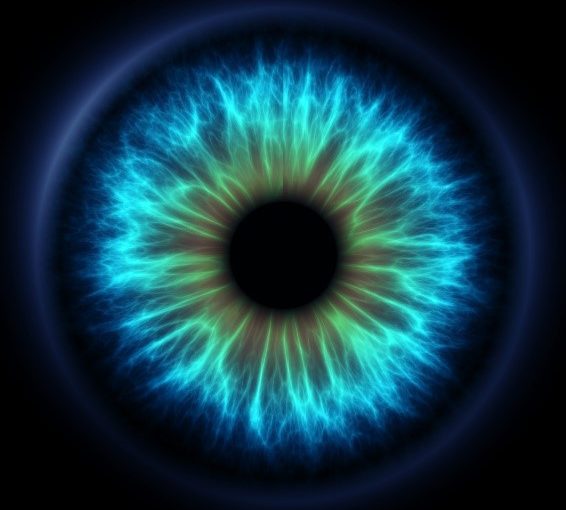In the past, the standard of care has been to use eyedrops as a first line therapy for treatment of open-angle glaucoma. Laser treatment is usually considered only after a patient does not see results with eyedrops or has compliance issues.
But some ophthalmologists feel that a laser treatment called selective laser trabeculoplasty (SLT) may actually be a suitable first line therapy in open-angle glaucoma. The procedure is convenient and safe for the vast majority of patients, and it can eliminate the inconvenience of using glaucoma eyedrops daily.
Understanding Selective Laser Trabeculoplasty
Selective laser trabeculoplasty (SLT) improves upon the safety and effectiveness of its predecessor: argon laser trabeculoplasty (ALT). In ALT, thermal laser energy is used to create burns in the trabecular meshwork to open up the drainage canal and enhance aqueous outflow. But ALT can cause scarring in the drainage angle, limiting the ability to repeat treatment.
By selectively treating pigmented cells in the trabecular meshwork, SLT improves aqueous outflow while causing far less structural damage than ALT does.
SLT uses a low-energy laser to target melanin-containing cells, which absorb the laser energy and start the chemical and biological tissue change needed to promote better outflow of fluid.
Depending on various factors, such as how heavy the pigment is in the trabecular meshwork and how big of an area of the angle is treated, the success rates of SLT can rival those of glaucoma eyedrops (or even surpass them).
When to Refer Someone for SLT
If you have patients with open-angle glaucoma or combined mechanism glaucoma who complain about the inconvenience or cost of glaucoma eyedrops — or who have trouble complying with your instructions for using the drops, selective laser trabeculoplasty may be a great option.
SLT is commonly used for individuals with:
- Primary open-angle or combined mechanism glaucoma
- Low-tension glaucoma
- Pigment dispersion syndrome/glaucoma
- Pseudoexfoliative glaucoma
- Ocular hypertension
SLT is not recommended for patients whose angles are not open enough to properly visualize the trabecular meshwork. Secondary glaucoma may be a contraindication in certain cases. SLT is generally not recommended for patients with a history of failed ALT or SLT.
If you have questions about using selective laser trabeculoplasty for your glaucoma patients, feel free to reach out to Dr. Jani and the team at Vista Eye Specialists by contacting one of our Culpeper or Fredericksburg offices today.


